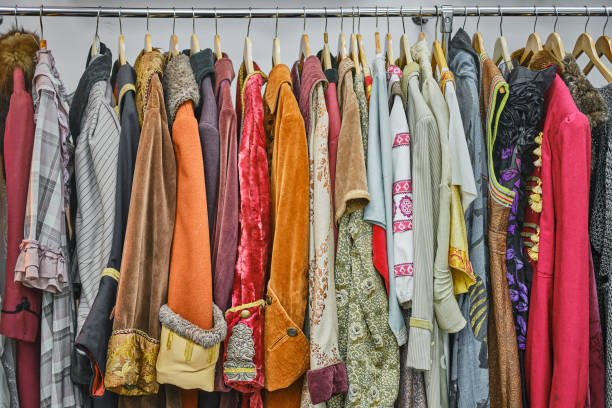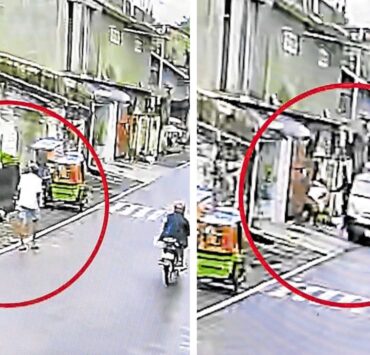Japan’s youth invest in vintage apparel

Vintage T-shirts and other secondhand goods are commanding high prices in Japan as young people look to invest in rare items that retain value and consumers shy away from buying new products.
Uncertainty about the future is partly driving the trend, with the value of the secondhand goods market in the country expanding to around 3.13 trillion yen ($21.3 billion) in 2023, according to the Reuse Economic Journal.
The figure marked a 14th straight year of growth since 2010, a year after the trade publication began its survey.
In mid-July at vintage clothing store Awesome by Bring Harajuku in Tokyo, a 1990s T-shirt of anime film and manga “Akira” was put on sale for 790,000 yen—far in excess of its likely original price tag of some 3,000 yen. It later found a buyer.
According to Yuki Shimizu, the store’s 25-year-old manager, individual differences in items such as faded or cracked prints can even increase their value.
Susumu Takahashi, 38, meanwhile, bought a popular band T-shirt at the store for 150,000 yen in late July.
“It has a story, and even if I wear it or it tears, it has value,” the vintage collector said. “If I stop using it, I might sell it,” he added.
Investment benefits
Staygold Inc., a Tokyo-based firm running multiple vintage retailers, says younger people are splurging on one-of-a-kind luxury items bought on the spur of the moment with income from part-time jobs, and then sharing their finds on social media.
Once they are no longer interested in the items, they sell them to fund their next vintage purchase, the firm said.
Arisa Tanii, a digital planner at advertising agency Dentsu Inc. and an expert in youth consumer behavior, said while fashion is a tool for self-expression, young people may also be drawn to the investment benefits of vintage clothes given anxiety about their economic prospects.

















